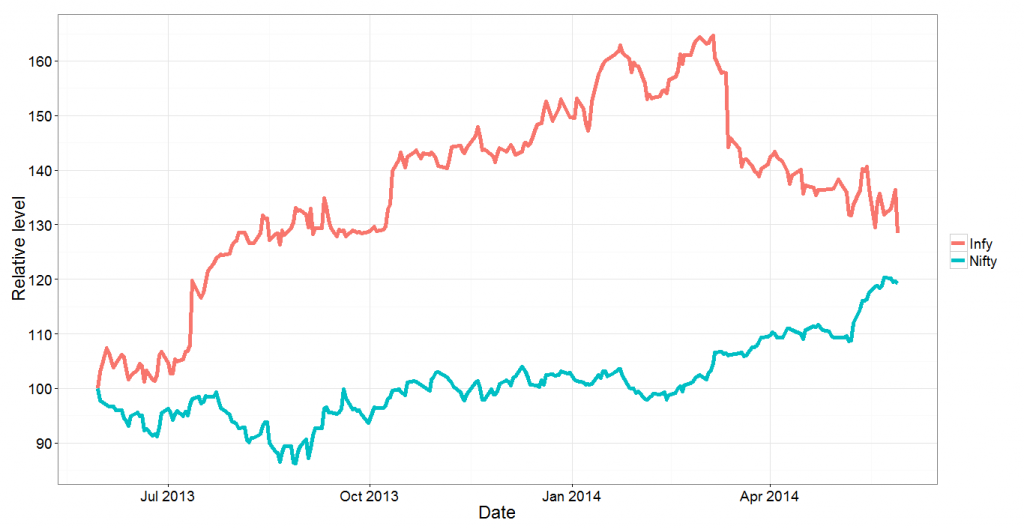Following news at more frequent intervals means there is more negative news, and thus a greater chance of getting triggered.
How much news exists in the world? Is there enough news to fit a daily newspaper? Is there enough news to fit a daily that is focussed on a city? Is there enough news for All India Radio to cover in its three (?) news broadcasts a day? And what about 24/7 news channels? Do they have enough news?
The answer to this question is simple – within reasonable limits, irrespective of how frequently you want to report the news, there will be in some way or the other sufficient news to report.
In some ways, this is like that famous question in Chaos Theory about the length of the Cornish coast. The answer is – it depends upon the ruler.
The length of the famously jagged Cornish coast depends upon the length of the ruler you use to measure it. The smaller the length of the ruler that you use, the more the indentations in the coastline matter, and thus the longer the coast. There is a limit there, of course, if I remember, the “fractal dimension” of the Cornish coast is 1.33 or something.

It is similar with news. The amount of news that is there to report is a function of how frequently you want to report it. A good analogy here is with the stock markets.
As regular readers of this blog might well know, stock price movement, upto some approximation, follow a random walk. This means that the “distance” covered by the stock ticker during the day is far higher than the “displacement”.
So a stock might gain 10% in the first minute of trading, and then lose 5% in the next hour, and then lose all its gains by lunchtime, and then go up and down and round and round and then end up pretty much where it started off at the beginning of the day.
If you are now reporting the news of this stock market with a “one day ruler” (say for your business daily), the market did nothing that day. However, if you have been watching its movement on CNBC (or any other real time news channel), there was a lot to report.
All news is this way. When you follow it at frequent intervals (through 24/7 TV, or through Twitter, for example), there appears to be a lot more news than there actually is when you follow it using a daily newspaper. And given that any piece of negative news is likely to cause anxiety, following news at more frequent intervals exposes you to far more negative news (think the stock market example again), and thus causes far more anxiety.
Not following the news at all (as I did for a while when I was in undergrad) sometimes means that you’ve missed out on all that has happened in the world, and might find it hard to cope with life. And so there is a tradeoff. This involves using a (time) ruler of an appropriate length.
Use too short a ruler and you cause yourself unnecessary anxiety and find yourself getting triggered all the time. Use too long a ruler and you find that you miss out on stuff that might have been necessary for you to know.
The frequency I’ve settled down upon is daily. I get three newspapers delivered to my door each morning, and that is how I’m informed about the world.
It’s interesting that back when the New York Times was a dead-tree periodical, it had a tagline that went “all the news that’s fit to print”. Now that it’s gone online, got a paywall and had to get into real time news, it’s become an outrage machine.



